Description
What is GSM Omni Antenna 3dBi SMA Antenna?
The GSM Omni Antenna CTRF-ANTENNA-AP-8221-13158-SMA-W is an Omnidirectional GSM antenna, SMA standard connector, 3dBi gain Rubber Ducky Antenna manufactured by C&T RF Antennas Inc, an External GSM antenna provides a high-quality signal in every condition.
In this style, we have a BLACK color version of Antenna GSM SMA for your choice.
For the same antenna radome, we have the 4G LTE antenna style for your choice too.
What is a GSM antenna?
GSM Antenna is one kind of Antenna to transmit GSM signal at specified frequencies 850, 900, 1800, 1900, 2100MHz. 2100MHz is separated into UMTS (Universal Mobile Telecommunications System) frequency band for 3G and other frequencies are separated into 2G. GSM Coverage Maps and Roaming Information.
The GSM Omni Antenna is manufactured by C&T RF Antennas Inc, the GSM antennas manufacturer in China. we provide the wireless antenna with other antenna radio frequencies such as 169MHz, 230MHz, 315MHz, 433MHz, 868MHz, 915MHz, Lora, VHF&UHF, NB-IoT, GSM, Wifi 2.4GHz, 5.8GHz, 2G 3G 4G LTE, GPS, 5G NR, UWB, etc.
C&T RF Antennas Inc provides the wireless antenna with many antenna types such as Dipole Antennas, Whip Antennas, Marine Antennas, Router Antennas, MIMO Antennas, PCB Antennas, FPC Antennas, Spring Antennas, etc.
Contact us for more details on the GSM Omni Antenna Rubber Ducky Antenna such as the GSM Omni Antenna Rubber Ducky Antenna datasheet, GSM Omni Antenna Rubber Ducky Antenna pricing, and GSM Omni Antenna Rubber Ducky Antenna inventory.
Or other GSM antenna styles.
GSM Omni Antenna Rubber Ducky Antenna Specifications
GSM Omni Antenna Rubber Ducky Antenna Electrical Specifications |
|
| RF Antenna Type | Omni Antenna |
| Model | CTRF-ANTENNA-AP-8221-13158-SMA-W |
| Frequency Center | 824-960, 1710-2170MHz |
| Gain | 3dBi |
| VSWR | ≤2.0 |
| Impedance | 50 Ω |
| Polarization | Linear |
| Directional | Omnidirectional |
| Connector | SMA Male |
| Max Power | 50W |
| Lightning Protection | DC-Ground |
GSM Omni Antenna Rubber Ducky Antenna Mechanical Specifications |
|
| Dimension | 13*158mm |
| Weight | Approx. 20g |
| Radome Material | Plastic ABS |
| Operation Temperature | -20˚C ~ +80˚C |
| Storage Temperature | -40˚C ~ +85˚C |
| Color | White |
| Antenna Design | Dipole Array |
| Mounting | SMA Connector |
| SafetyEmission and other | RoHS Compliant |
| Applications | Public Safety/LMR/P25/TETRA, ISM/SCADA/Utilities, RFID, IoT/NB-IoT/LoRa/GPRS/GSM/2G/3G |
Omnidirectional Rubber Ducky Antenna Features


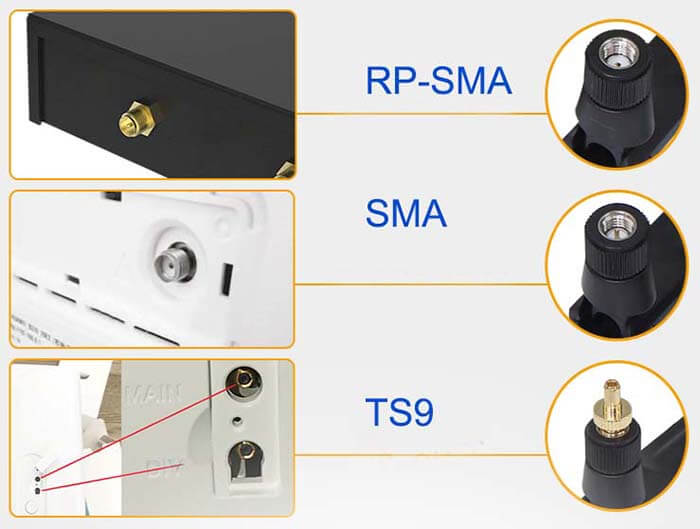
Rubber Duck Antenna Applications
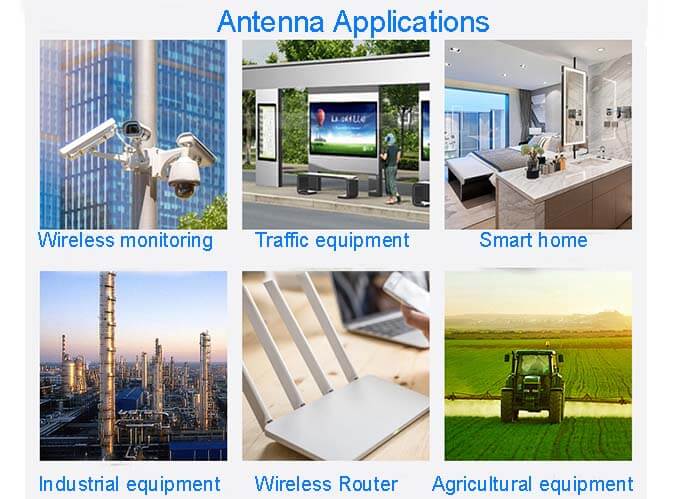
The GSM series has three main parts, GSM900, DCS1800, and PCS1900, and the main difference between the three is the difference in the working frequency band.
The emergence of cellular mobile communications can be said to be a revolution in mobile communications.
Its frequency multiplexing has greatly improved frequency utilization and increased system capacity, and the intelligence of the network has realized trans-regional transfer and roaming functions, expanding the range of customer services, but the above analog system has four major disadvantages.
No public interface between systems.
Difficult to carry out data-bearing services.
low spectrum utilization cannot adapt to the demand of large capacity.
Poor security and confidentiality, easy to be eavesdropped on, easy to do “fake machine”.
Especially in Europe, there is no public interface between the systems, can not roam between each other, causing great inconvenience to customers.
GSM digital mobile communication system originated in Europe.
As early as 1982, Europe has several major analog cellular mobile systems in operation, such as the Nordic multi-country NMT (Nordic Mobile Telephone) and the United Kingdom’s TACS (Total Access Communication System), other countries in Western Europe also provide mobile services.
At that time, these systems were domestic systems and it was not possible to use them abroad. In order to facilitate uniform use of mobile telephony throughout Europe, a common system was needed.
In 1982, the Nordic countries submitted a proposal to the CEPT (Congress of European Postal and Telecommunications Administrators) for a public European telecommunication service specification in the 900 MHz band.
At this conference, a “Group Special Mobile” (GSM) was established under the Technical Committee of the European Telecommunications Standards Institute (ETSI) to develop standards and proposals.
The GSM Group was established at the Congress under the Technical Committee of the European Telecommunications Standards Institute (ETSI) to develop standards and recommendations.


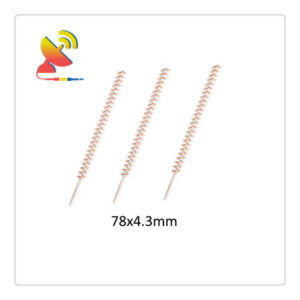
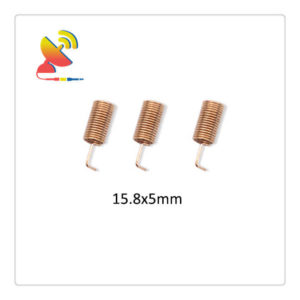
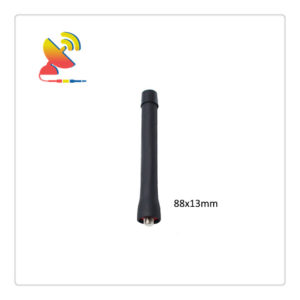
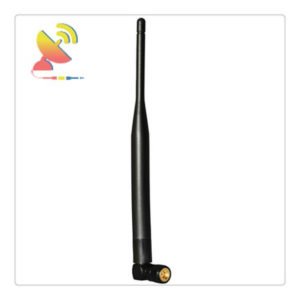
Reviews
There are no reviews yet.